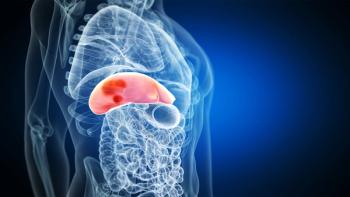
Incorporating Patient-Reported Outcomes Improves Assessment
A study by researchers at the Smilow Cancer Hospital at Yale-New Haven provides further support for the use of standardized measures of distress.
Clinicians would agree that emotional distress assessment is an important component of care. However, in busy healthcare settings, finding the best approach to capture this information may be challenging. In addition, some quality measures, such as the ASCO/ONS Chemotherapy Administration Safety Standards, mandate that psychosocial concerns are assessed upon every clinician visit. Therefore, the frequency of assessing for emotional distress may be challenging as well.
Researchers at the Smilow Cancer Hospital at Yale-New Haven assembled a multidisciplinary team to map the process of emotional distress assessment in two of their clinics. Barriers were identified through cause-and-effect analysis, and an intervention was chosen. Patient-reported outcomes were collected over 6 months using the validated National Comprehensive Cancer Network Emotional Distress Thermometer (EDT) paper tool.
The American Society of Clinical Oncology Quality Oncology Practice Initiative (QOPI) measures were compared before and after intervention. A total of 864 tools were collected from 1344 patients in the two clinics. Electronic medical record documentation of distress increased from 19.2% to 34% and QOPI measures showed an increase in emotional well-being documentation. Of 29 new and 835 return patients, 62% indicated mild distress (EDT, 0 to 3), 18% moderate (EDT, 4 to 6), and 11% severe (EDT, 7 to 10). The average distress score of new patients was significantly higher than that of returning patients, which clinicians would expect. The greatest areas of concern for patients with moderate and severe distress were worry, fatigue, pain, and nervousness. Depression and sadness were frequently noted by patients reporting severe distress.
This study further supports the use of standardized measures of distress and illustrates the importance of initial and ongoing distress assessment.
Chiang, AC, Amport SB, Corjulo D, et al. Incorporating patient-reported outcomes to improve emotional distress screening and assessment in an ambulatory oncology clinic. J Oncol Pract. 2015;11(3):219-222.
Newsletter
Knowledge is power. Don’t miss the most recent breakthroughs in cancer care.
























































































